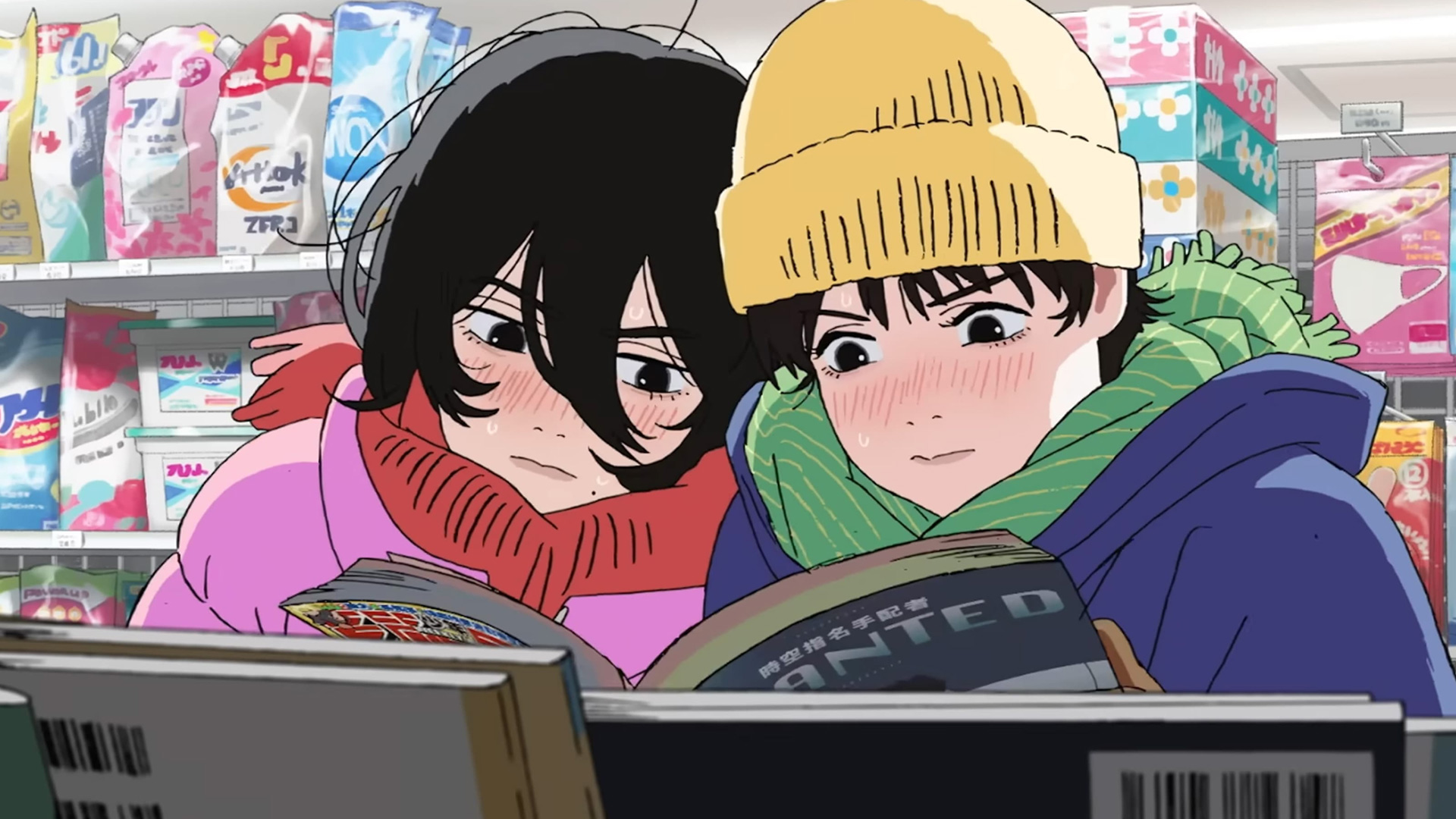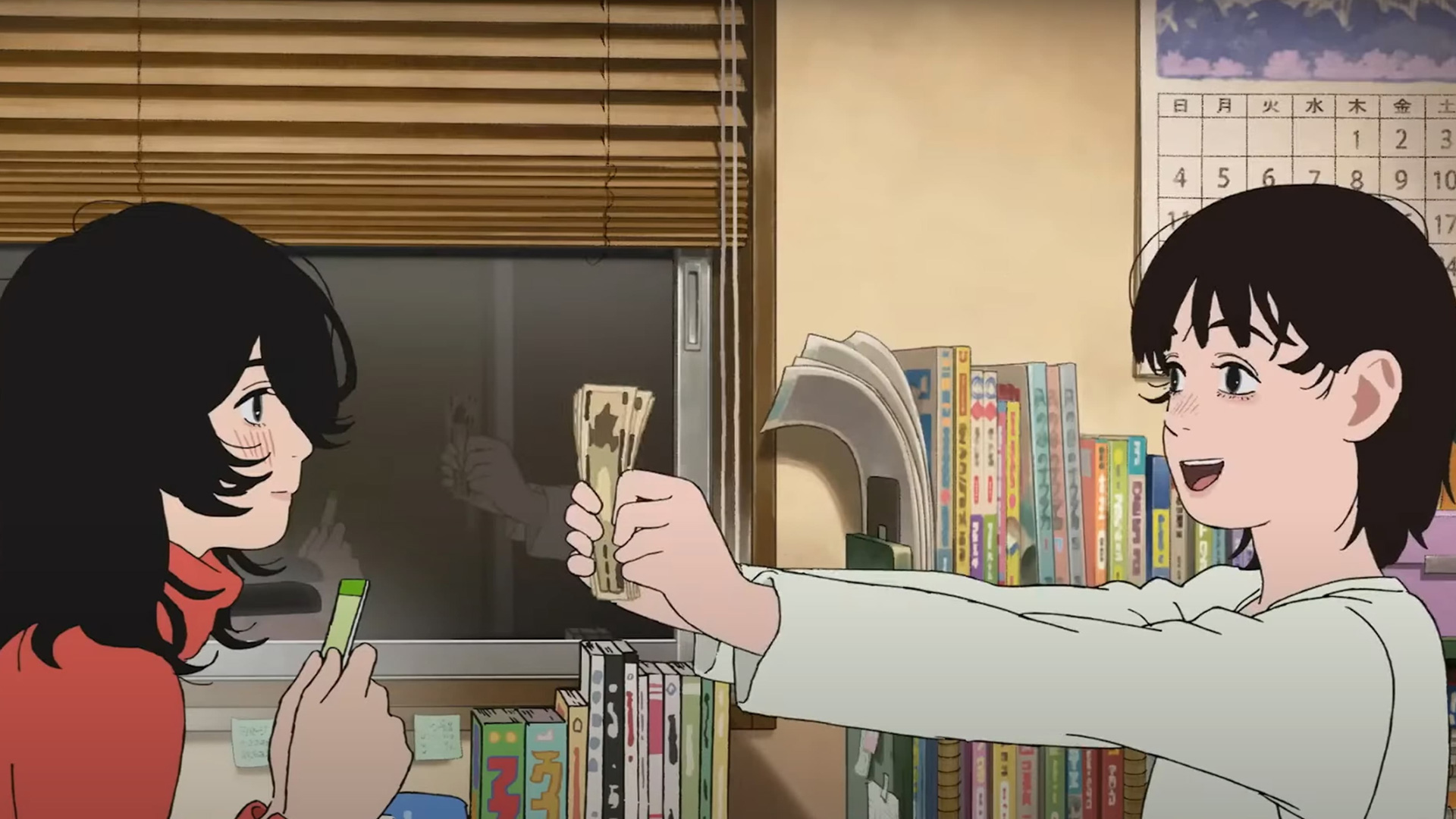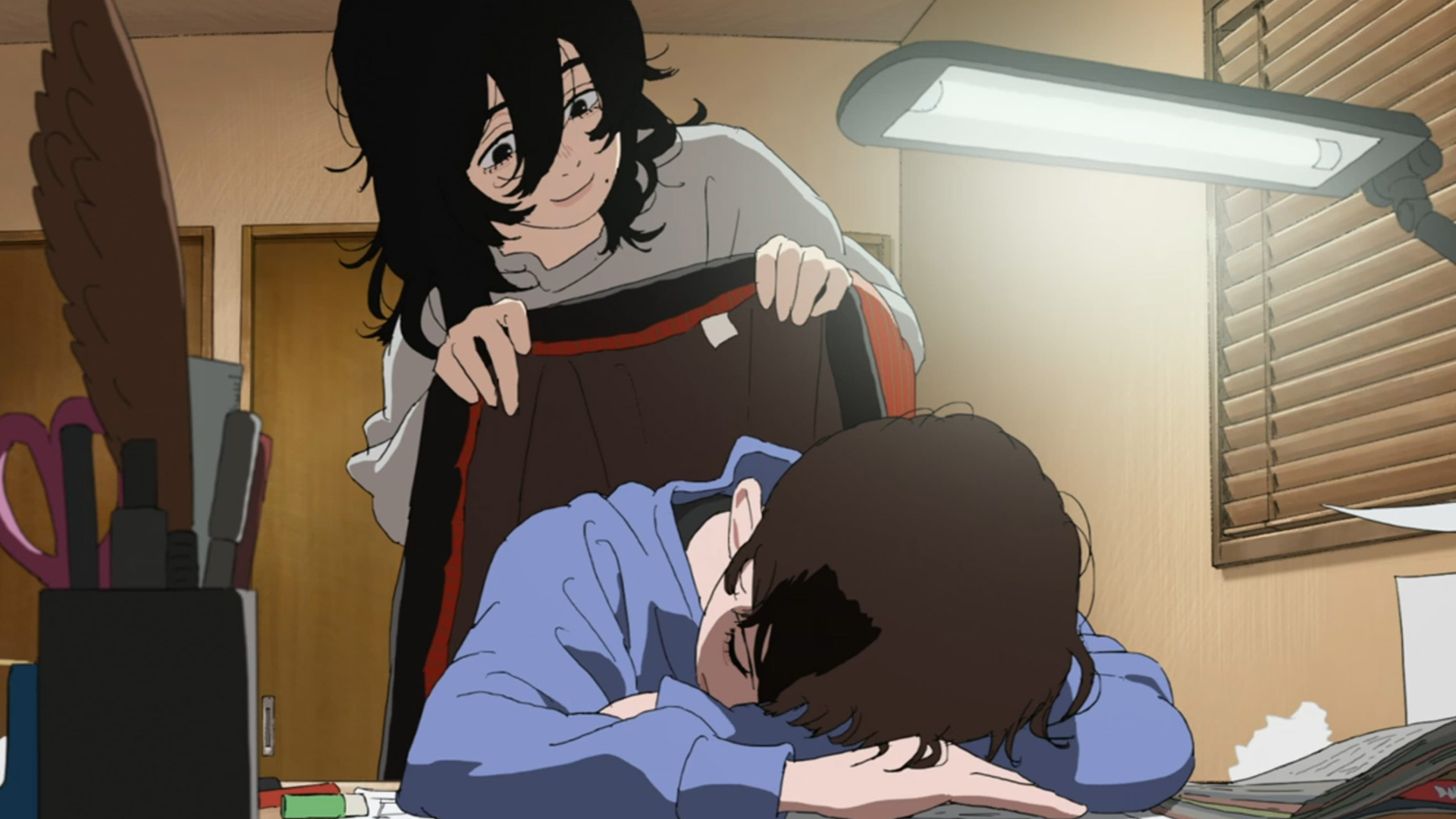One of the year’s best films is only an hour long

It’s been a good year for hour-long movies with YouTube hits Rap World and Milk & Serial. Liam Maguren has found another on Prime Video: the slender and sweet Look Back.
The difference between a short film and a feature film, generally speaking, is the 45-minute mark. Anything below is typically considered a short film, so a 40-minute film, you could say, is a “long” short film while a two-minute film would be a “short” short film.
By comparison, everyone can think of a “long” feature film—Peter Jackson’s The Lord of the Rings, Martin Scorsese’s The Irishman, Christopher Nolan’s Oppenheimer—but what of a “short” feature film? While many appreciate the ‘under 90 minutes’ category for respecting their time, they tend not to be as highly regarded as their epic-in-length counterparts.
But a film doesn’t need to last long to leave a lasting impression. Case in point: Look Back, a slender and sweet movie that uses one of animation’s most underrated qualities—seamless aging—to generate a memorable experience that also feels as brief as a memory.
Enjoying a limited theatrical run before landing on Prime Video, this adaptation of Tatsuki Fujimoto’s story centres on a friendship between two manga-making nerds throughout their adolescence. We start with Fujino, a cocky girl who cashes in every little bit of attention she gets for her beloved manga strip in the school paper. Her pole position as ‘Best Manga Artist Ever’ is usurped when Kyomoto, a girl who never shows up to class, busts out some jaw-dropping comics.

Within earshot of Fujino, one boy states: “Fujino’s strip looks kinda mid compared to Kyomoto’s stuff, I’m just sayin’.” It’s blunt in a way that’s unique to kids, especially coming from a child who was fawning over Fujino’s art just a few days ago.
After a brief stint of feeling sorry for herself, Fujino doubles down on her passion and trains. Hard. But this isn’t an exciting Rocky-type montage. It’s a series of match cuts that show the unglamourise nature of perfecting a desk-based artform like manga. All hours of the day, Fujino’s in that same slouched position, drawing her ass off to claw back the reputation that gives her young life meaning.
Fujino’s pursuit toes the border of a dangerous obsession, one that threatens to upend her social life. That’s when fate brings her to Kyomoto’s doorstep where she learns that this girl isn’t a rival, but an insecure recluse who’s in complete admiration of Fujino’s work. Thus, any sense of competition evaporates, as does the loneliness of their shared passion when the girls combine their drive for making manga to forge an artistic partnership and a powerful friendship.

No live-action film (aside from maybe Richard Linklater’s Boyhood) can convincingly fly through the teenage years of its main characters as swiftly as an animated film like Look Back can. The physical transformation of age reads so naturally in animation, just like the change in seasons. The images of easy nights drawing together, simple summer days running through town, one particularly snowy winter where they taste their first big success in the manga market… those moments run by effortlessly, like a rush of reminiscence that occurs when you suddenly think of a friend you haven’t seen in many years.
If the first half of Look Back acts as recollection, then the second half can be read as something closer to regret. Not regret itself, per se, but an adjacent feeling that crops up when the brain tries to creatively interpret a problem that cannot be solved. Or find comfort in emotional turmoil.
To say more would spoil things, but however you interpret Look Back’s wondrously affecting third act, you’re unlikely to have seen a conclusion quite like it. As the credits roll over a beautifully composed shot that mirrors the panels of a manga strip, there’s a sombre but satisfying sense that nothing else needs to be said. Not a minute more needed from this hour-long experience.

















